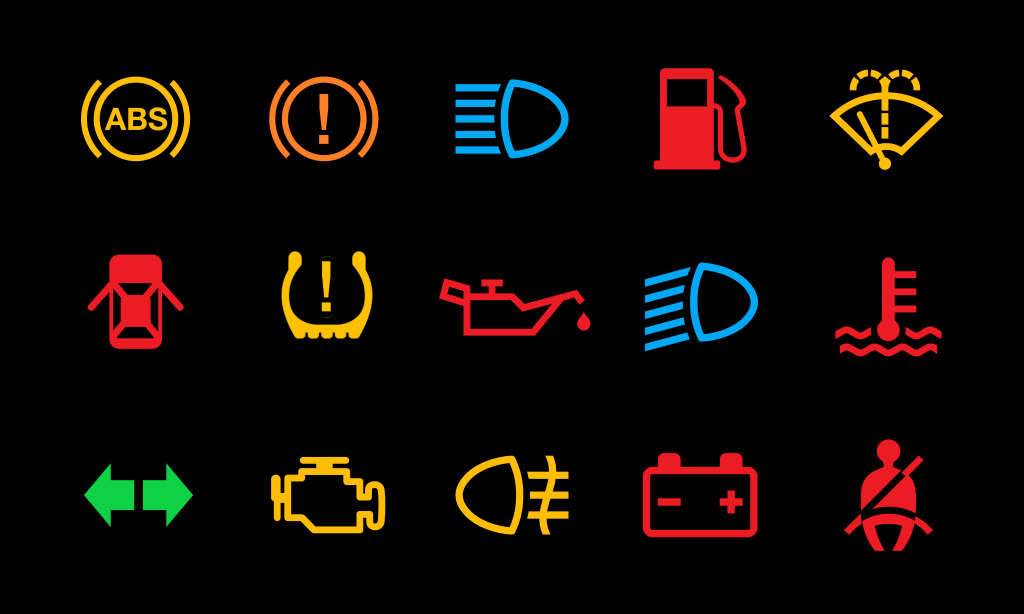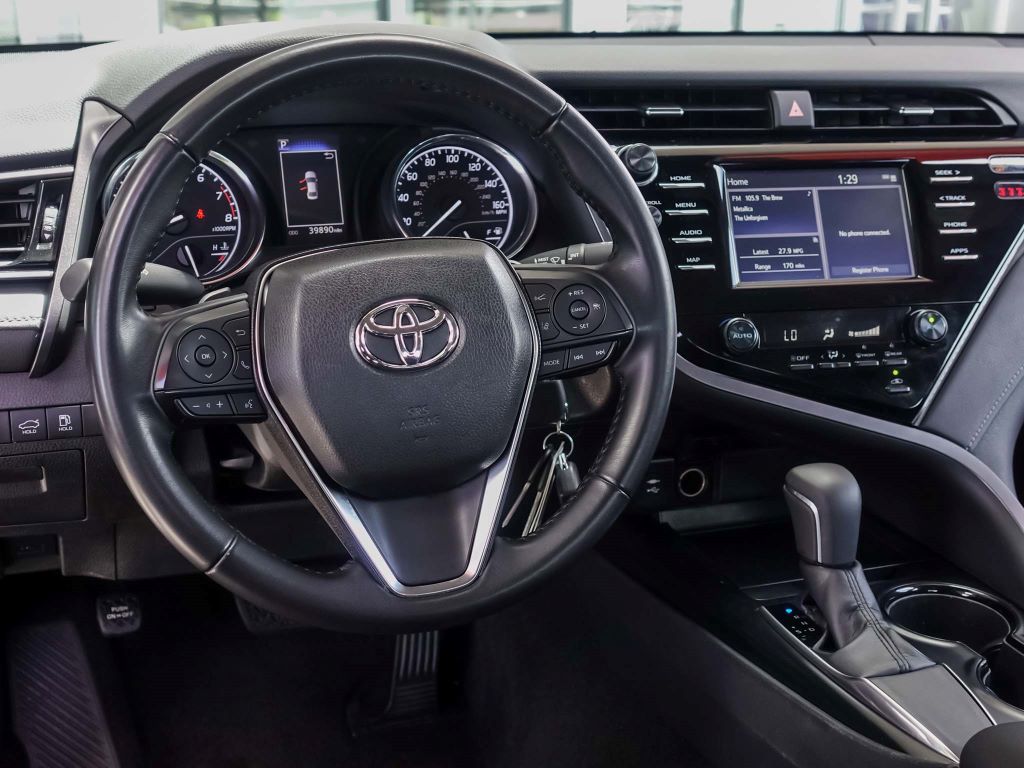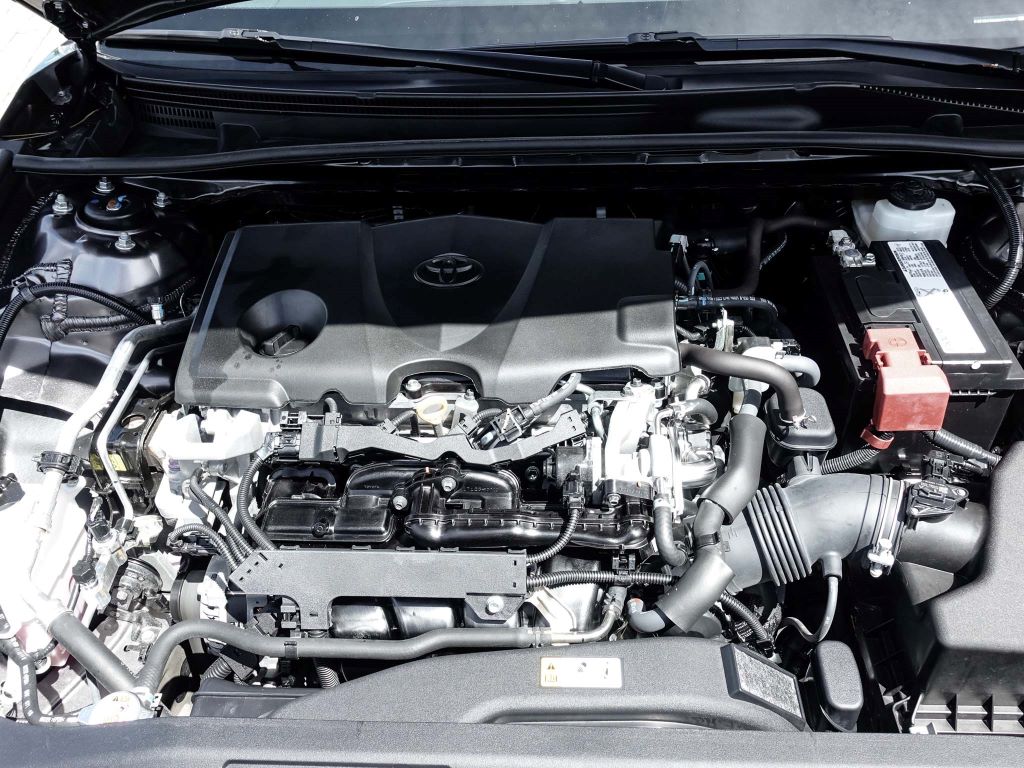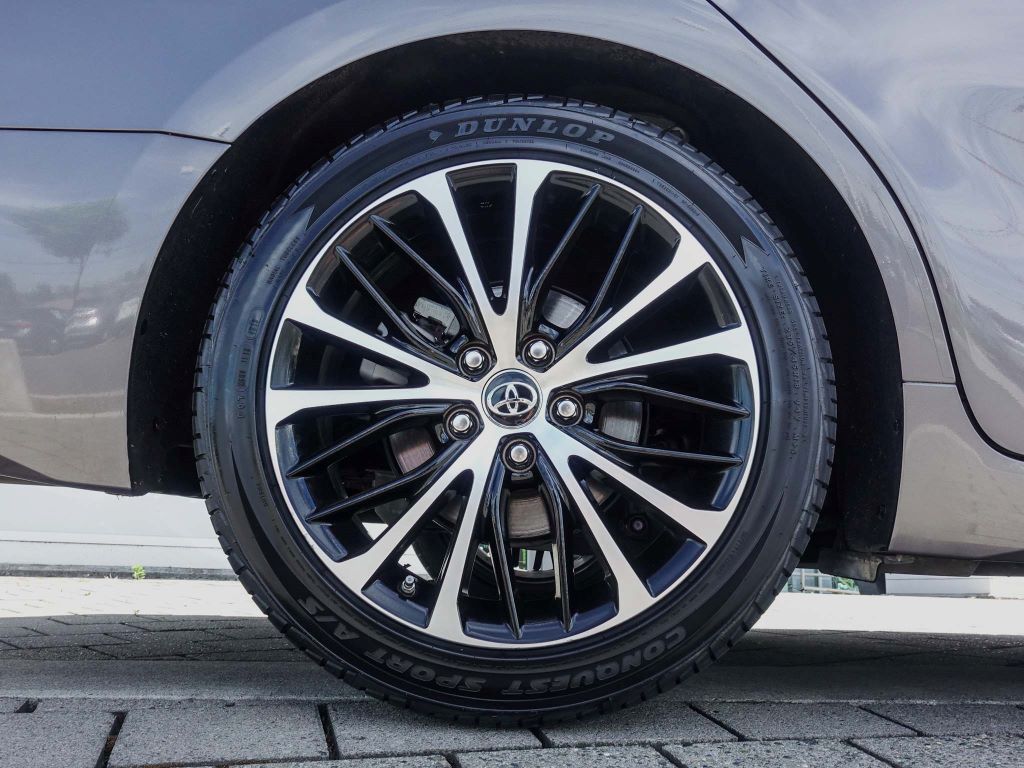Most newer automobiles are assisted by a maze of computers and sensors that monitor every part of your car—from auxiliary functions like windshield wipers to crucial components like your radiator. So it can be confusing when your dashboard lights up with a new warning. What do the symbols mean? Does the warning indicate something serious that needs immediate attention? Can you still drive my car or is it dangerous? At Beaverton Toyota, we want you to be safe so we’ve assembled some of the most common warning lights, what they mean, and how urgent the warning might be below.

What Color Is the Light?
While the symbols on some dashboards are cryptic, the color of the light can give you a lot of information straight away. Dashboard warning lights come in a variety of colors, the most urgent of which is red. A red warning light on your dash can mean that a crucial component of the car has failed or is otherwise severely compromised. If your dash exhibits a red warning light, you should have it checked by a mechanic right away. Ignoring the light could cause a serious mechanical breakdown.
Orange, yellow, and amber lights typically represent one of two things, both of which are slightly less urgent. If the warning symbol appears mechanical (for example, a yellow or orange car battery symbol), you’ll likely want to have the correlating engine part serviced in the near future. These colors may also indicate an immediate but lower-risk warning, for example, that the roads have turned slippery and that your traction-control system has automatically engaged.
Blue and green lights are nothing to worry about. Those colors indicate only that the corresponding feature of the car is engaged. For example, if your dash symbol is a green or blue headlight, you’ll know that your headlights are on.

Check Engine Light (CEL)
One of the most commonly lit dashboard warning lights is the check engine light, or CEL. It’s typically in the shape of a car’s engine or it may just say “check engine.” This light is scary, but it’s also the most ambiguous of the dash warning lights. This is due to the fact that the CEL will warn you about any engine-related issue, regardless of the severity. The check engine light is tricky because it can represent something as simple as a worn or poorly fitted gas cap or something as serious as a loss of compression.
If your CEL is on and your car seems to be functioning normally, you can drive it to your mechanic for a diagnosis. However, if your engine is running rough, you hear knocking, or hear anything else out of the ordinary—it’s best to have your car towed to a technician to avoid any catastrophic engine failures.
Battery Light
The battery dashboard warning light looks exactly like a car battery, with positive and negative symbols on it. If your car fails to start and your battery light is on, you may need a jump or possibly a new battery. However, it’s possible for your battery light to come on even when the car is starting and running fine. In that case, you should take your car to a battery specialist or a technician at Beaverton Toyota. You may have a defective or eroded battery or a loose cable that could severely damage your car if left unattended.

Oil Pressure Light
The oil pressure light looks a bit like a genie’s lamp. It may mean that you need your oil topped off. You can check if this is the case by simply looking at your oil dipstick and making sure the oil reaches the pre-marked level. If your oil is at the proper level, the oil light may indicate a more serious problem like a leak or a damaged piston. If topping off your oil doesn’t eliminate the dashboard warning light, you should get your car looked at right away. The longer you drive a car with an oil pressure warning, the larger your eventual repair bill will be.
Engine Coolant Light
Your engine coolant light looks like a thermometer taking a swim. There are a lot of things this light may indicate but all of them point to the fact that your engine is running too hot. You might have a leak in your coolant system, a damaged water pump, or some other temperature-regulating issue that needs repair. Whatever it is, though, driving your car while it’s running hot can cause a complete and possibly permanent breakdown.
Tire Pressure Light
If your warning light looks like a honey pot with an exclamation point in the middle, you have a loss of tire pressure. Driving on low tires is very dangerous, making it more difficult to brake. Low tires can also cause damage to your wheels and alignment over time. The good news is that you can fix this problem yourself. Pull over and check for a flat tire. If your tires look undamaged, you can add air to them at most gas stations. Just make sure to double-check the correct pressure or PSI in your owner’s manual. The PSI is also sometimes visible on the side of your tires or on the interior of your driver’s door.

Brake System Lights
There are typically two dashboard warning lights related to your braking system. The first says “ABS” and relates to your anti-lock braking system. If your ABS light is glowing, there may be a problem with your speed sensor or some other issue that will prevent your ABS from engaging. It’s still safe to drive your car when your ABS light is lit, but be aware that if you stop suddenly, your ABS may not engage. You’ll still need to get a repair to keep your car safe, but it’s one you can schedule when it’s convenient.
Your other brake light looks like an exclamation point in the center of a full circle. Most commonly, this means that your parking brake is engaged. We’ve all pulled away from the curb with our parking brake on only to wonder what the heck is suddenly wrong with our car. If you’ve checked, however, and the light is on but your parking brake isn’t, you may have a more serious issue with your brake pads or another related mechanism. You’ll need to get that looked at right away.
Your dashboard contains a world of information. Don’t be intimidated by your owner’s manual. You can look up any of your car’s particular symbols in your manual and find out what you should do. Most owner’s manuals are also available online. You can find the manual for your Toyota here.
Have a light you aren’t sure about? The service department at Beaverton Toyota can help answer all your questions.





